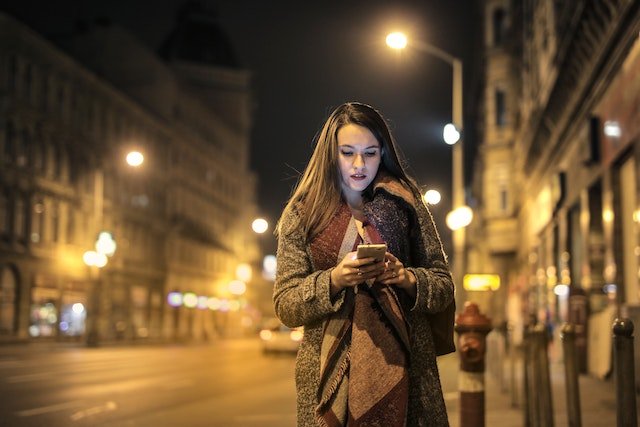Contrast is an essential element in cinematography lighting that can greatly enhance the visual impact of a film. It refers to the difference between the brightest and darkest areas of a scene, and it can be used to create a range of visual effects, from mood and atmosphere to emphasis and drama. In this blog, we will discuss how to create contrast in cinematography lighting to achieve a more visually dynamic image.
- Use Hard Light Sources
Hard light sources, such as spotlights, can create strong, defined shadows that can be used to create contrast in a scene. This type of lighting is often used in film noir or horror movies to create a sense of mystery and suspense. When using hard light, it is important to position the light source at an angle that creates interesting and dramatic shadows.
- Use Soft Light Sources
Contrast can also be created by using soft light sources, such as diffused light or bounced light. Soft light sources create a gentle gradient between light and shadow, which can be used to create a sense of depth and dimensionality in a scene. This technique is often used in romantic or dramatic movies to create a soft, dreamy atmosphere.
- Use High Key Lighting
High key lighting is a lighting technique that uses bright, even lighting to create a sense of brightness and optimism. This technique is often used in comedies or musicals to create a happy, energetic mood. High key lighting can create contrast by using bright highlights and soft shadows to create a sense of depth and dimensionality in the image.
- Use Low Key Lighting
Low key lighting is a lighting technique that uses dark shadows and low lighting to create a sense of mystery and drama. This technique is often used in film noir or crime movies to create a sense of danger and suspense. Low key lighting can create contrast by using deep shadows and bright highlights to create a sense of depth and dimensionality in the image.
- Use Contrast Filters
Contrast filters are filters that are placed over the camera lens to enhance the contrast of a scene. These filters can be used to create a more dramatic effect or to reduce the contrast in a scene to create a softer, more romantic atmosphere.
In conclusion, creating contrast in cinematography lighting is an important technique that can greatly enhance the visual impact of a film. By using hard or soft light sources, high or low key lighting, or contrast filters, cinematographers can create visually dynamic and engaging images that capture the audience's attention and enhance the story.

